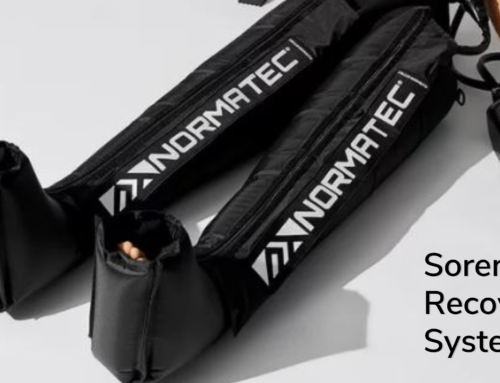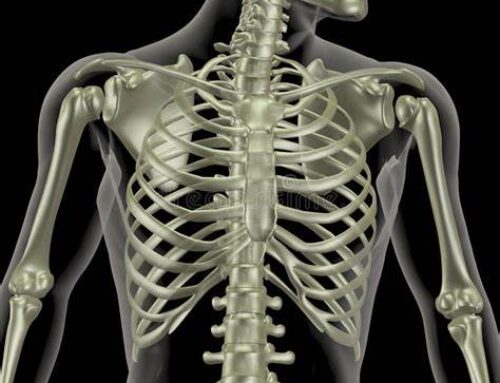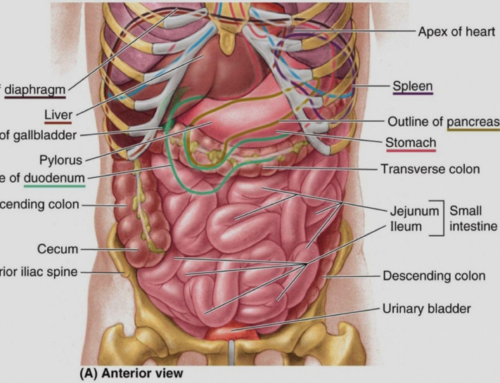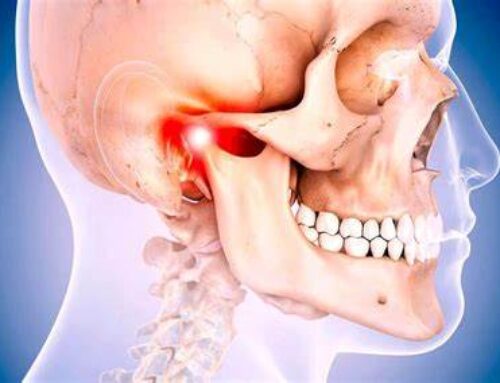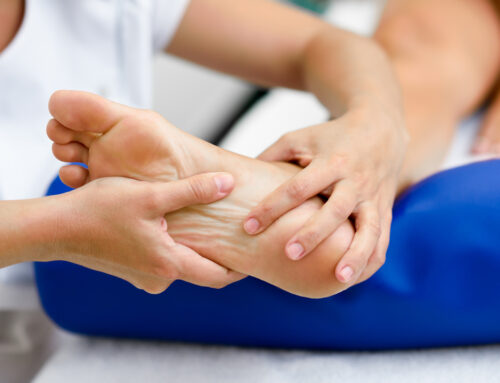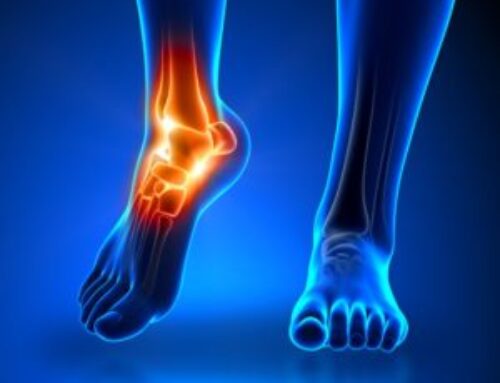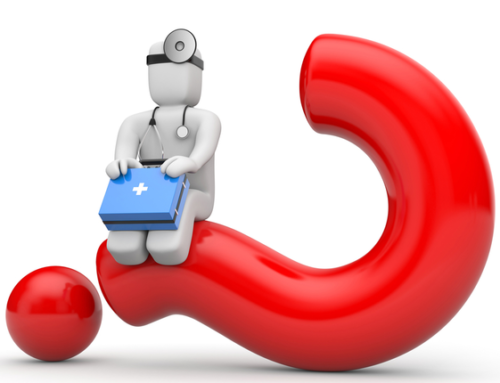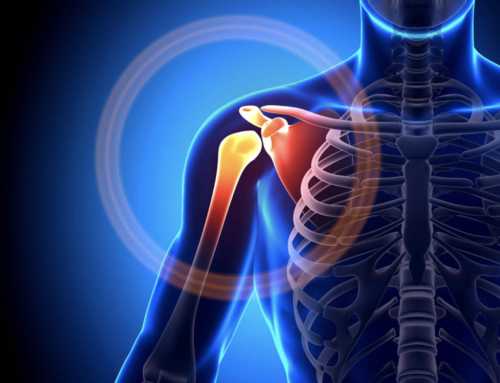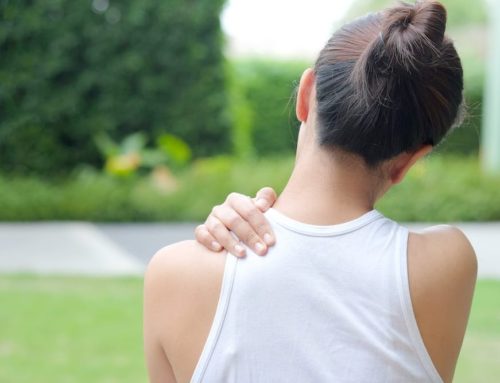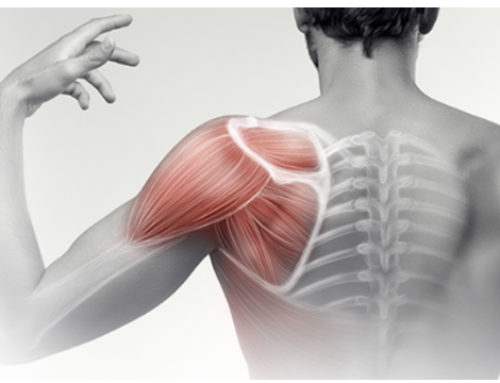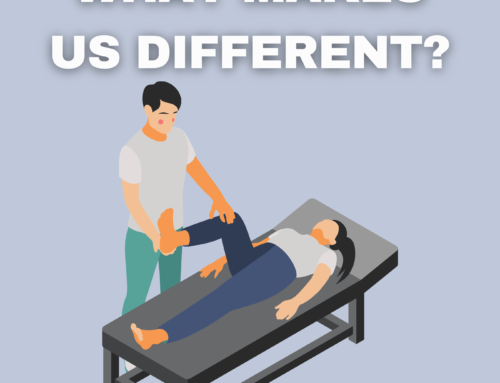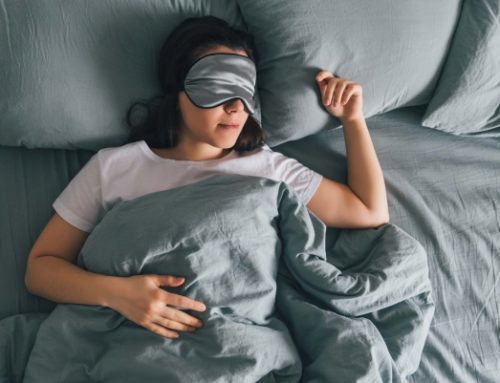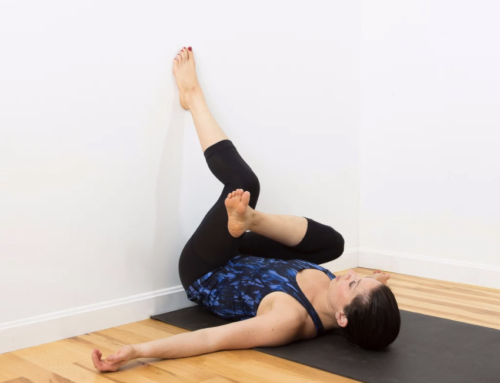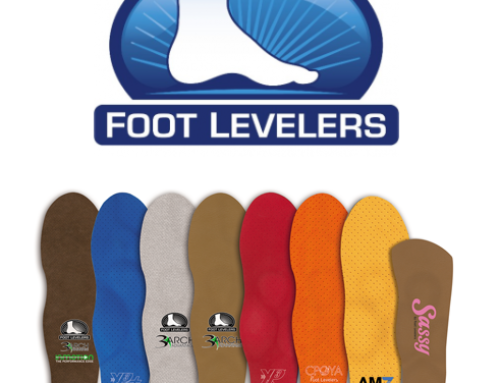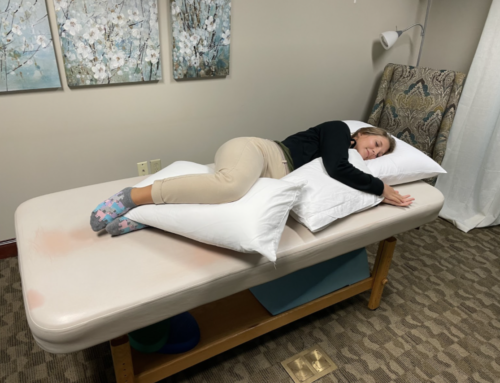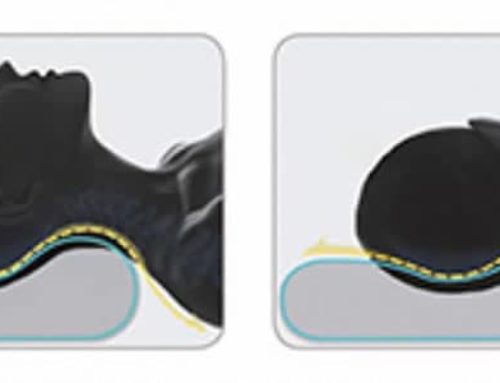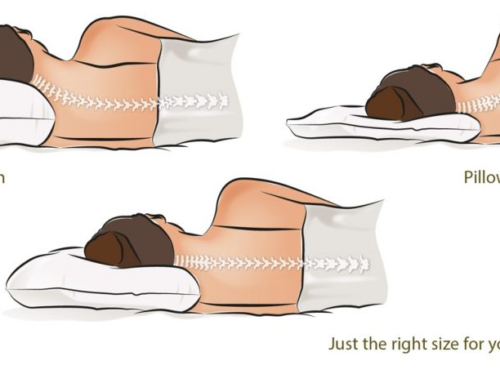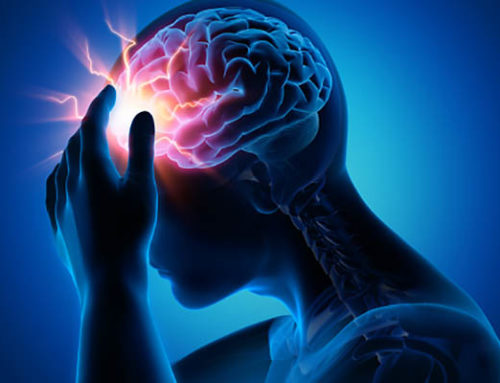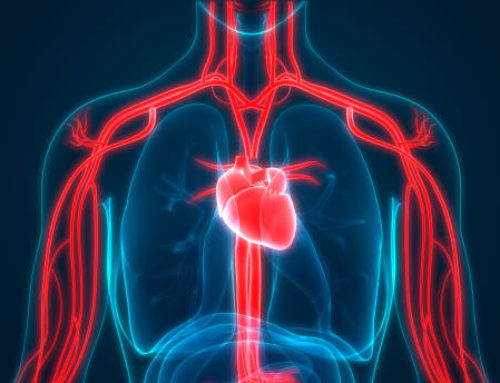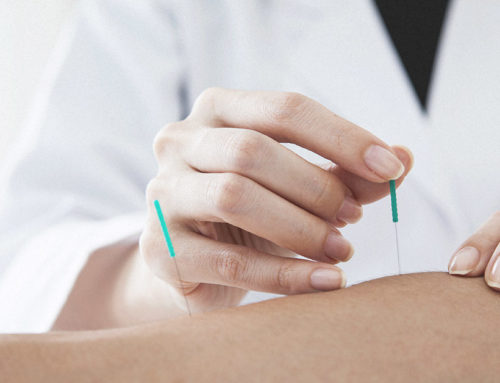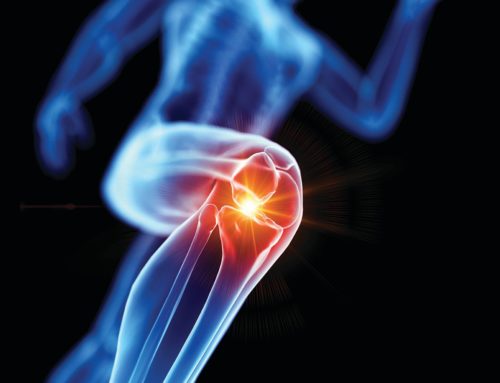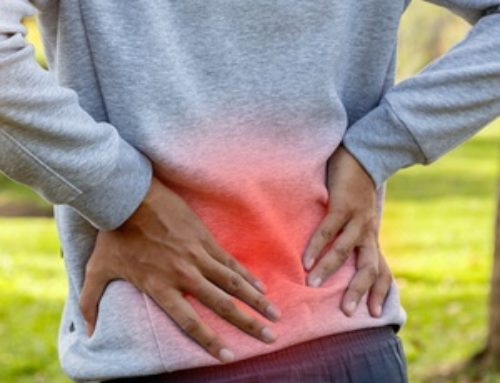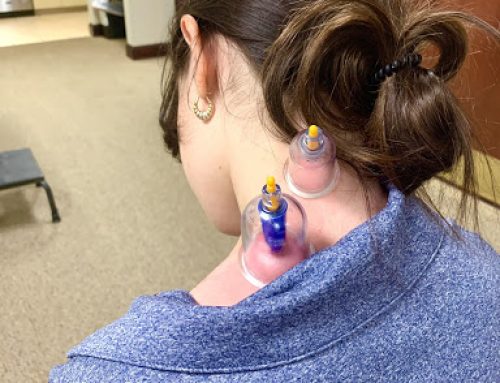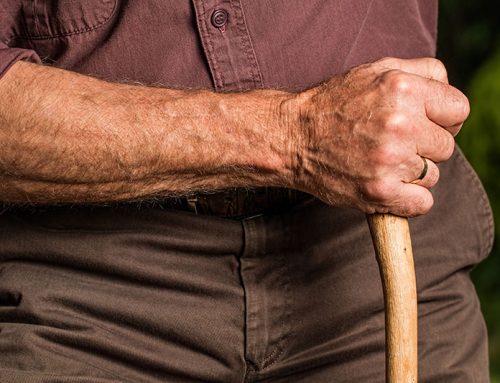Cervical radiculopathy, “a pinched nerve in the neck”, occurs when a nerve root coming off the spinal cord becomes compressed and then inflamed. This can happen for various reasons including normal arthritic changes causing decreased disc height in the neck region to a cervical disc herniation secondary to trauma. There are 8 cervical nerve roots, with the lower 4 (plus the 1st thoracic nerve root T1) comprising the brachial plexus, which innervates the entire arm. Because of this, a pinched nerve in the neck can cause pain, weakness, and loss of sensation in the arm.
Symptoms may present as pain in the neck, shoulder and/or shoulder blade, upper chest, or arm through the finger tips. Pain in the neck is usually described as “sharp” and/or “pins and needles.” There may also be a general ache or numbness anywhere along the pathway of the nerve. Pain is usually worse with certain neck movements and relieved when the arm is lifted over the head.
In may cases, physical therapy provided by an advanced manual physical therapist can completely resolve your symptoms. Your treatment will include manual therapy, postural re-education, strengthening exercises, and functional training.
Common misconceptions:
“I have a bone spur (or herniated disc) so I must have surgery.”
Not necessarily. Bone spurs are formed over time, usually over many years. So even though you may have just started feeling your symptoms, that bone spur has been there for years. Physical therapy will not change your bone spur, however it can increase the mobility of surrounding soft tissues and joints above and below the pathology. Increasing mobility of surrounding structures decreases stress and/or pressure on the nerve root, in turn allowing the nerve root to “heal” and become less inflamed. A similar thought process is followed when treating a herniated disc.
“I had a cortisone injection and my symptoms went away. Now I don’t need PT.”
Again, not necessarily. An injection is basically a direct shot of anti-inflammatory medication to the inflamed nerve root. Many times, patients will feel immediate relief following injections, however, the actual orthopedic pathology (bone spur, herniated disc, etc.) remains unchanged, which significantly increases the risk for future injury or flare-ups. Patients should still attend at least one physical therapy treatment session for postural re-education, deep neck flexors muscle strengthening exercises, and techniques to avoid possible aggravating factors.
For More Information, click here.





